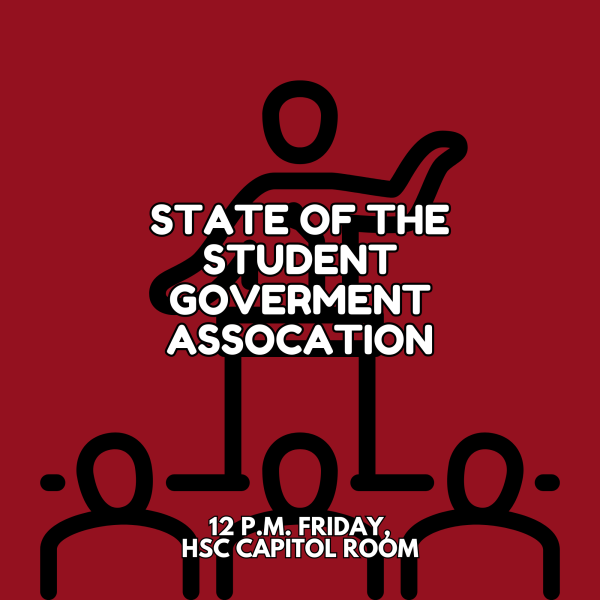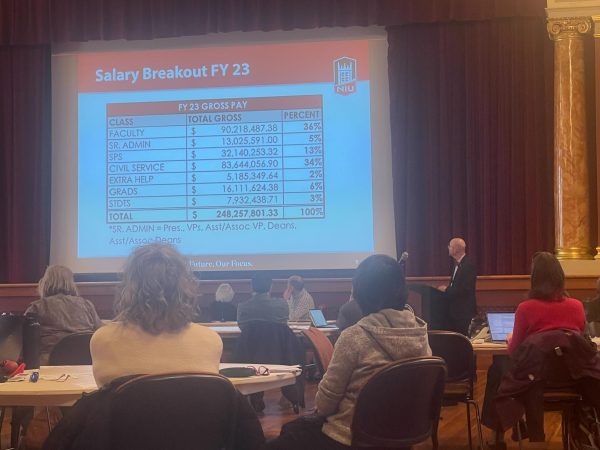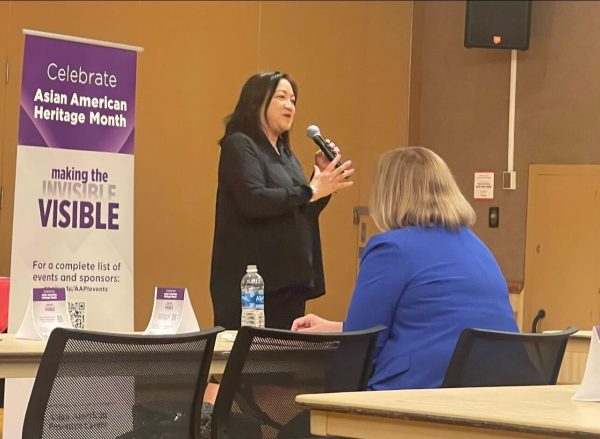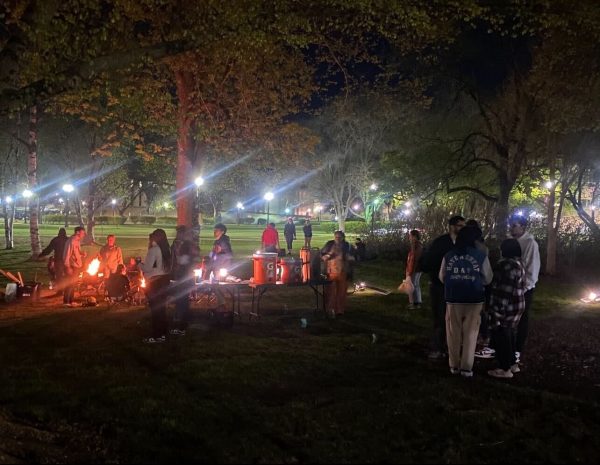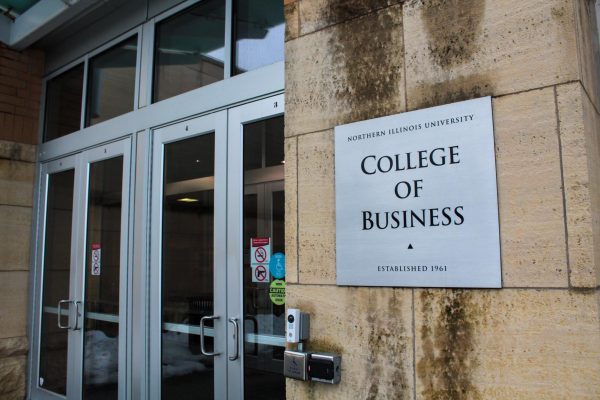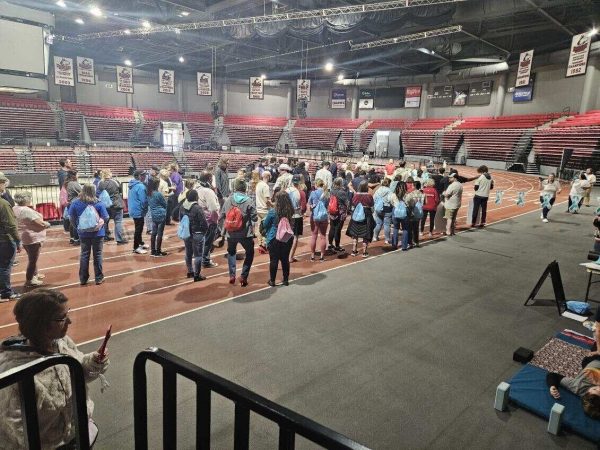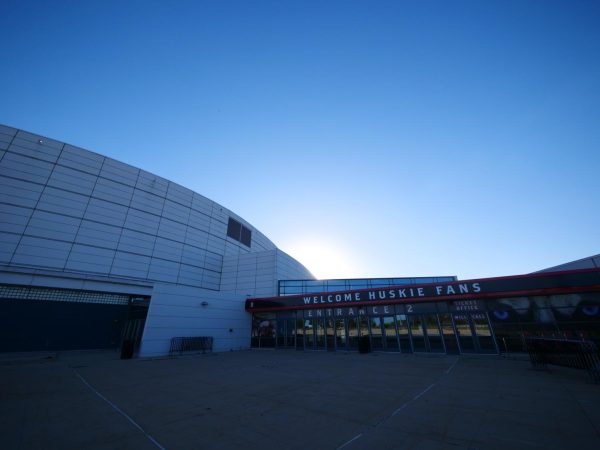Cheerleading: Different than it used to be
March 23, 2005
From pep rallies to ESPN, cheerleaders are a staple of American culture.
As part of Women’s History Month, the Women’s Studies Program will present “Trying Out for Womanhood: The Cheerleader as the Embodiment of the Ideal Girl” today at 4 p.m. in the Holmes Student Center’s Heritage Room.
This year’s theme, “Body Waves,” explores how feminism is depicted through body display.
Featured speaker Natalie Guice Adams is an associate professor at the University of Alabama. She also co-wrote the 2003 book “Cheerleader!: An American Icon.”
Jolene Skinner, program coordinator for the Women’s Studies Program, said Adams is an interesting choice for the Body Waves series because she is a former cheerleader.
“I think that the great thing about this is that it takes a very stereotypical image of women and breaks it down,” Skinner said.
The role of cheerleaders has changed from the first groups in the ‘40s and ‘50s to the competitive squads of the 21st century.
Junior marketing major Todd Peterson said, “I like the competitive part more than just watching them at games.”
Adams will discuss the cheerleader image and how cheerleaders are affected by it. Skinner said she believes the revealing outfits reflect a conflict within the cheerleader image – the all-American girl vs. the athlete vs. the sex object.
“I think the media portrayal of cheerleaders and how they dress themselves is what people focus on,” said Deana Morrissette, a senior Spanish translation in business major.
Senior marketing major Robert Oaf said he agrees cheerleaders are largely recognized for their sex appeal.
“I think that [sexy] is what people think they are because they are flexible, and that is what we see on TV,” he said.


